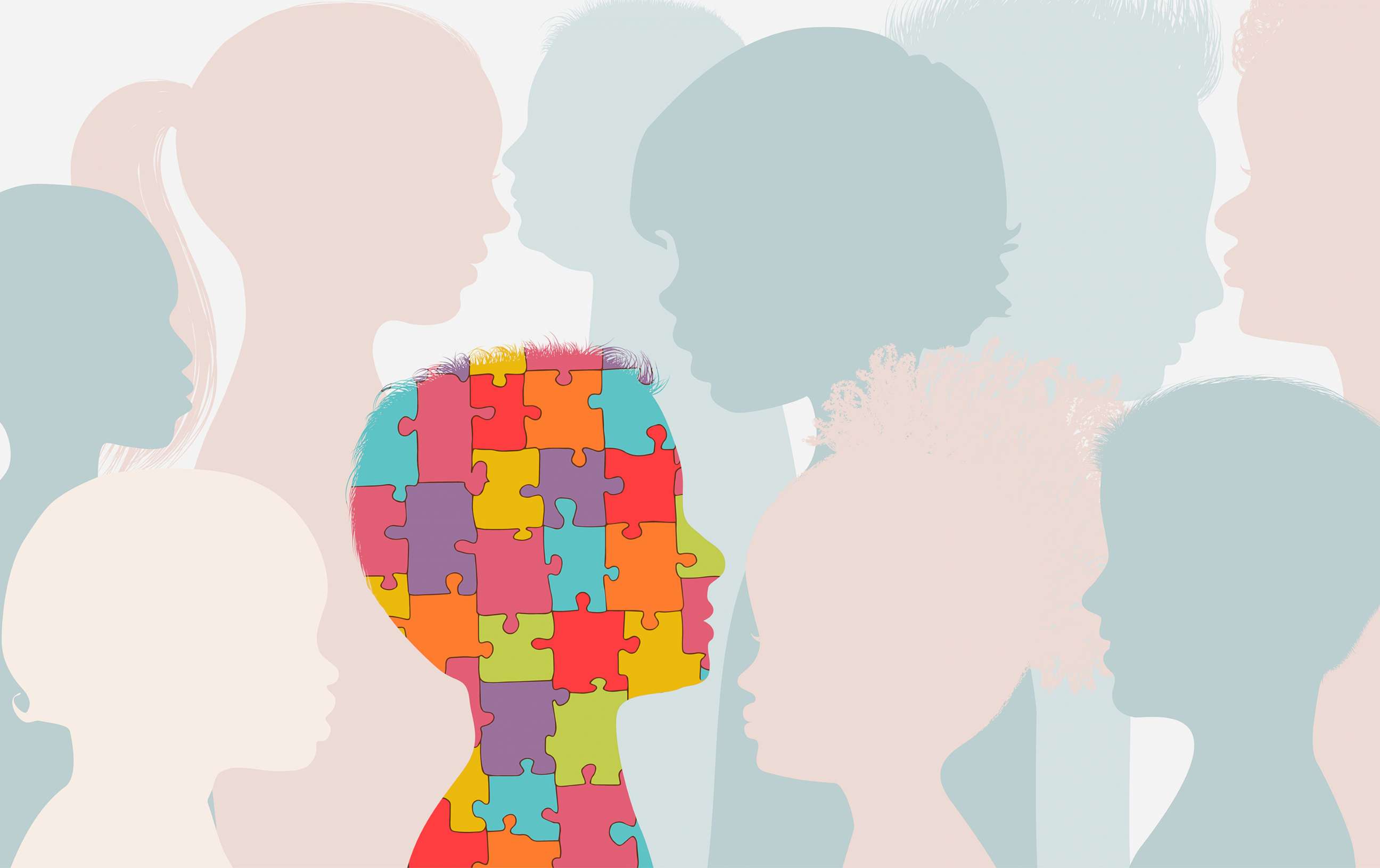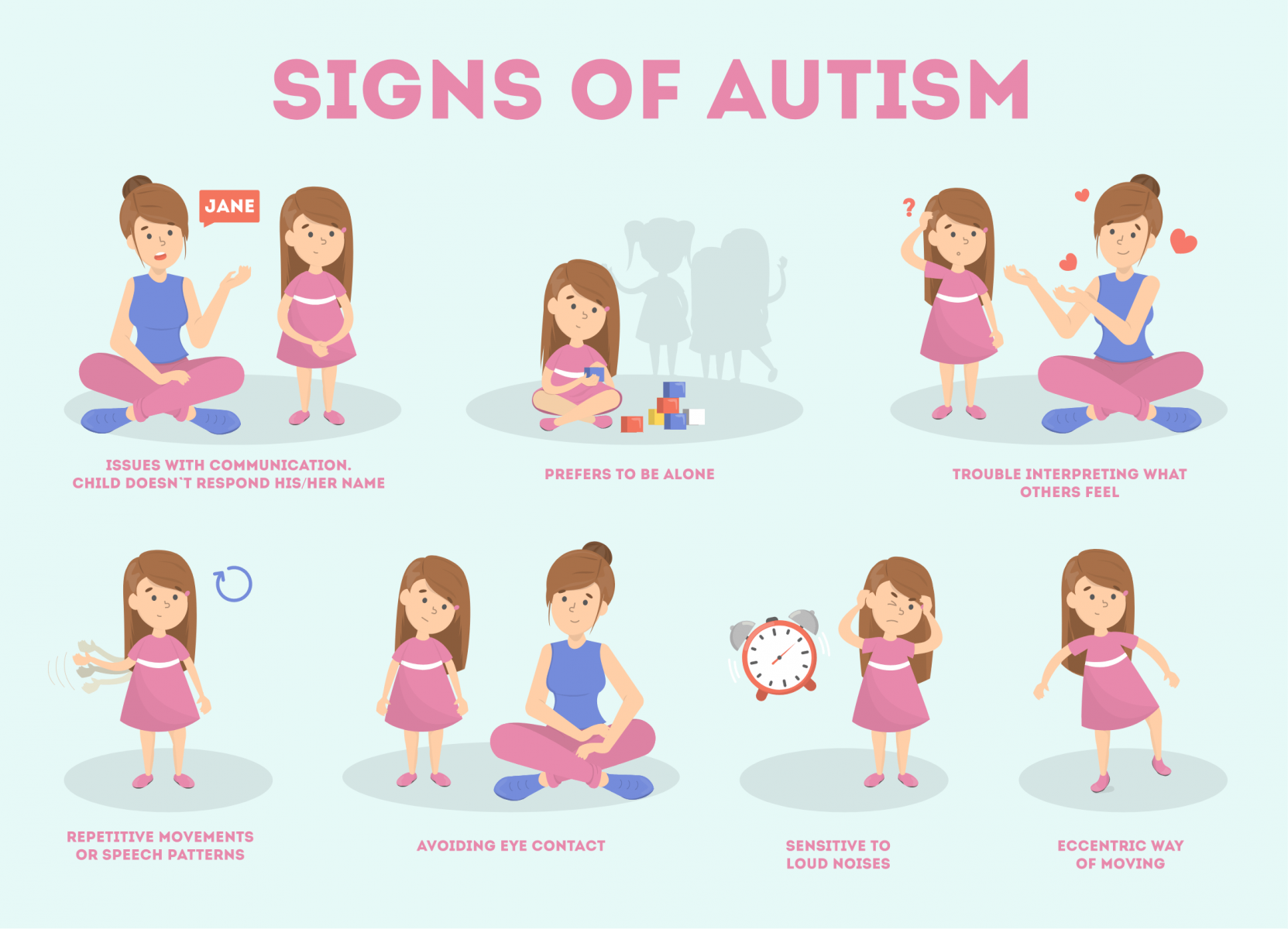The Impact of Very Early Intervention on Children with Autism: What Moms And Dads Need to Know
The Impact of Very Early Intervention on Children with Autism: What Moms And Dads Need to Know
Blog Article
Exploring Autism: Techniques for Efficient Communication and Communication
Efficient interaction and interaction with people on the autism spectrum demand a thorough understanding of their one-of-a-kind demands and preferences. The ins and outs of these techniques expose additional considerations that warrant expedition, especially in just how they can be adapted to varied contexts and individual experiences.
Comprehending Autism Range Condition
Autism Range Disorder (ASD) includes a variety of neurodevelopmental problems characterized by difficulties in social communication, communication, and recurring behaviors. The term "range" mirrors the diverse indications and varying levels of seriousness experienced by people with ASD. While some may show significant disabilities, others might display high-functioning qualities, permitting higher freedom in day-to-day live.
The beginning of ASD typically happens in very early childhood years, with signs typically well-known by age 2. Very early indicators may include postponed speech growth, limited eye contact, and problems in recognizing social signs. Although the exact etiology of ASD remains vague, research suggests a combination of environmental and genetic variables plays a critical function in its growth.
As a result, treatments and support customized to private needs are essential for cultivating interaction and social skills. Identifying the complexity of ASD is vital for advertising awareness, acceptance, and efficient strategies that promote purposeful communications with people on the spectrum.

Relevance of Clear Communication
Effective communication is vital for promoting understanding and link, specifically for people with Autism Spectrum Disorder (ASD) Clear interaction not just assists in social interactions yet likewise improves the person's ability to reveal their ideas, emotions, and needs. For individuals with ASD, the subtleties of language can usually be testing; as a result, using unambiguous and straightforward language is essential.
In addition, clear interaction helps in reducing stress and stress and anxiety that may arise from misconceptions. When messages are communicated in a straight and constant fashion, people with ASD are better geared up to translate information properly, which can significantly enhance their social involvement and engagement in numerous settings.
Establishing regimens and making use of aesthetic assistances can even more reinforce clear communication. These techniques supply individuals with foreseeable frameworks that aid understanding and retention of information. Furthermore, proactively paying attention and being person during communications promotes a helpful setting where people with ASD feel valued and comprehended.
Ultimately, focusing on clear communication not only equips people with ASD yet also fosters more significant links with their peers, caretakers, and the wider neighborhood, leading the way for joint partnerships and comprehensive interactions. - autism
Non-Verbal Communication Methods
Communication prolongs past words, and for people with Autism Range Problem (ASD), non-verbal cues play a considerable function in communications. Non-verbal communication methods can consist of faces, gestures, body movement, and eye call, all of which act as essential elements for communicating intentions and emotions.
Comprehending and interpreting these non-verbal signals can enhance communications with people with ASD. A warm smile or open pose can produce a welcoming ambience, urging interaction. In a similar way, making use of visual aids-- such as image cards or icons-- can link interaction gaps and help communicate messages better.
It is also essential to be mindful of personal area, as individuals with ASD may have different comfort levels relating to distance. Observing their responses to physical nearness can inform appropriate changes.

Producing Supportive Settings
Producing a helpful environment is essential for fostering favorable interactions and boosting the wellness of individuals with Autism Range Disorder (ASD) Such settings can substantially decrease anxiety and develop a sense of safety and security, enabling individuals to express themselves a lot more easily.
To accomplish this, it is vital to take into consideration sensory sensitivities that individuals with ASD might experience. Customizing the physical space to consist of soft illumination, very little background noise, and comfy seats can develop a calming atmosphere. In addition, making use of regular regimens and clear aesthetic routines can assist people expect shifts and lower unpredictability, additional advertising convenience.
Social spaces need to be structured to reduce frustrating stimuli while supplying opportunities for involvement in favored tasks. Promoting my response areas assigned for silent time can also work as a refuge throughout moments of tension. Importantly, integrating elements of option encourages people, permitting them to work out agency in their setting.

Urging Social Communications
Promoting social communications among people with Autism Spectrum Disorder (ASD) calls for deliberate strategies that focus on comfort and interaction. Establishing foreseeable regimens can assist decrease anxiousness, making social setups much more approachable. Developing organized environments with specified duties and roles permits people to engage without the frustrating pressure of disorganized social characteristics.
Incorporating rate of interests and staminas into social tasks can function as a catalyst for communication. For example, arranging team activities around shared pastimes or subjects of attraction can facilitate natural conversations and links. In addition, utilizing visual supports, such as social scripts or pictorial routines, can assist in recognizing social cues and expectations.
Designing suitable social habits is crucial - autism. Peers and adults ought to demonstrate efficient interaction strategies, consisting of energetic listening and turn-taking. Role-playing circumstances can additionally offer a risk-free area for people to practice these abilities
Finally, promoting peer connections with inclusive methods is necessary. Encouraging inclusive playdates or group outings can create possibilities for socializing in a comfy setup. By applying these strategies, caregivers and educators can considerably enhance social communications for people with ASD, advertising their overall social growth and wellness.
Verdict
In conclusion, efficient interaction and communication techniques are necessary for supporting individuals with Autism Spectrum Problem. Inevitably, these techniques encourage individuals with autism to navigate social landscapes, promoting their general health and enabling the development of long lasting connections.
Effective interaction and communication with people on the autism range demand a comprehensive understanding of their distinct requirements and preferences. Clear communication not just promotes social communications but also enhances the individual's ability to express their feelings, requirements, and thoughts.Promoting social communications amongst individuals with Autism Range Condition (ASD) needs deliberate methods that prioritize comfort and involvement. By applying these caretakers, teachers and strategies can substantially boost social communications for individuals with ASD, promoting their total learn the facts here now social advancement and well-being.
In verdict, efficient communication and interaction approaches are essential for supporting go now people with Autism Spectrum Disorder.
Report this page